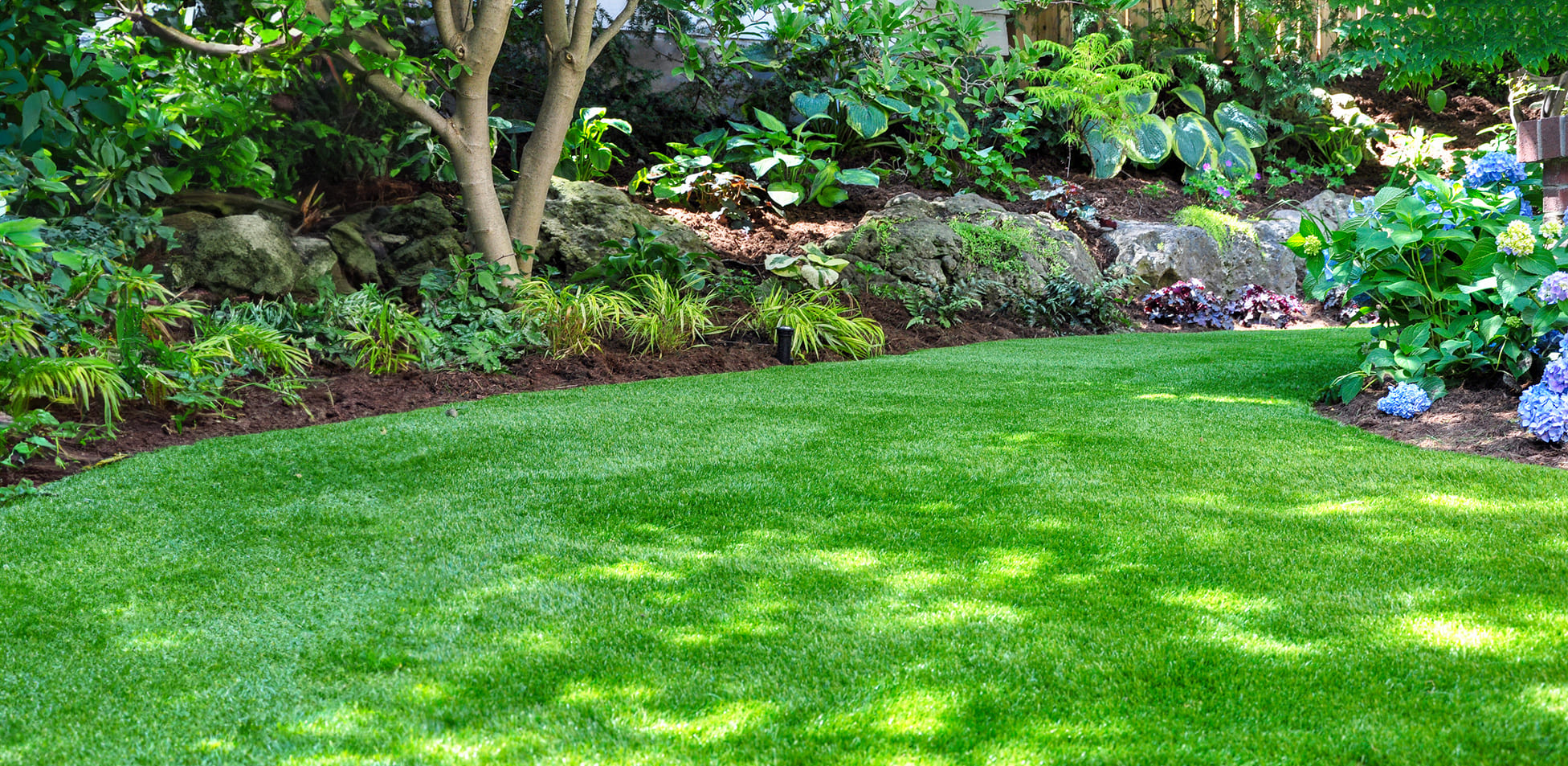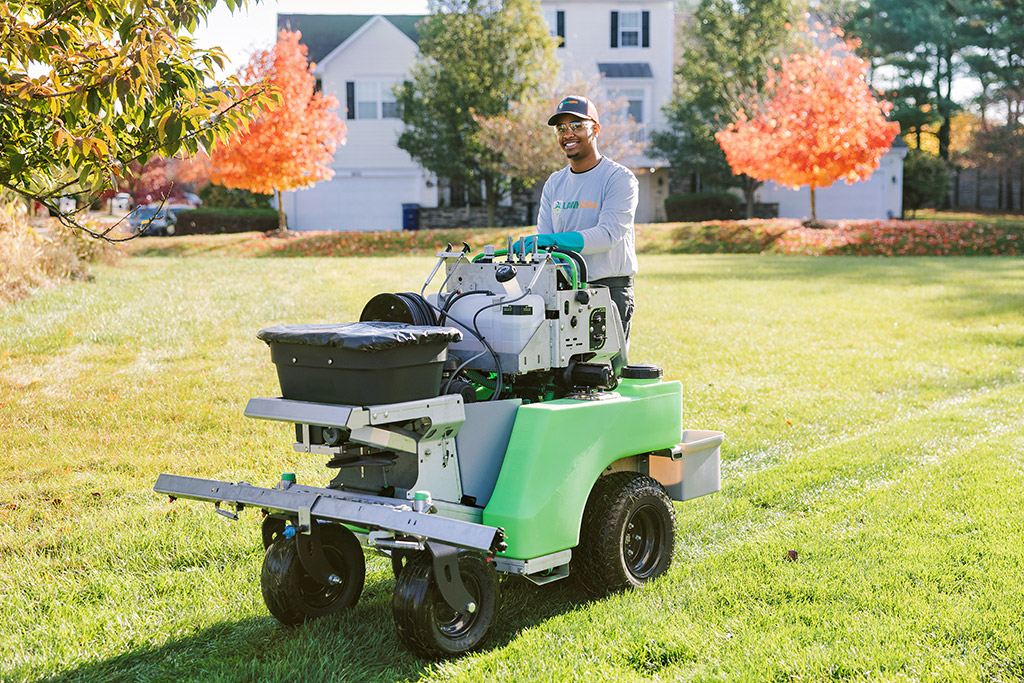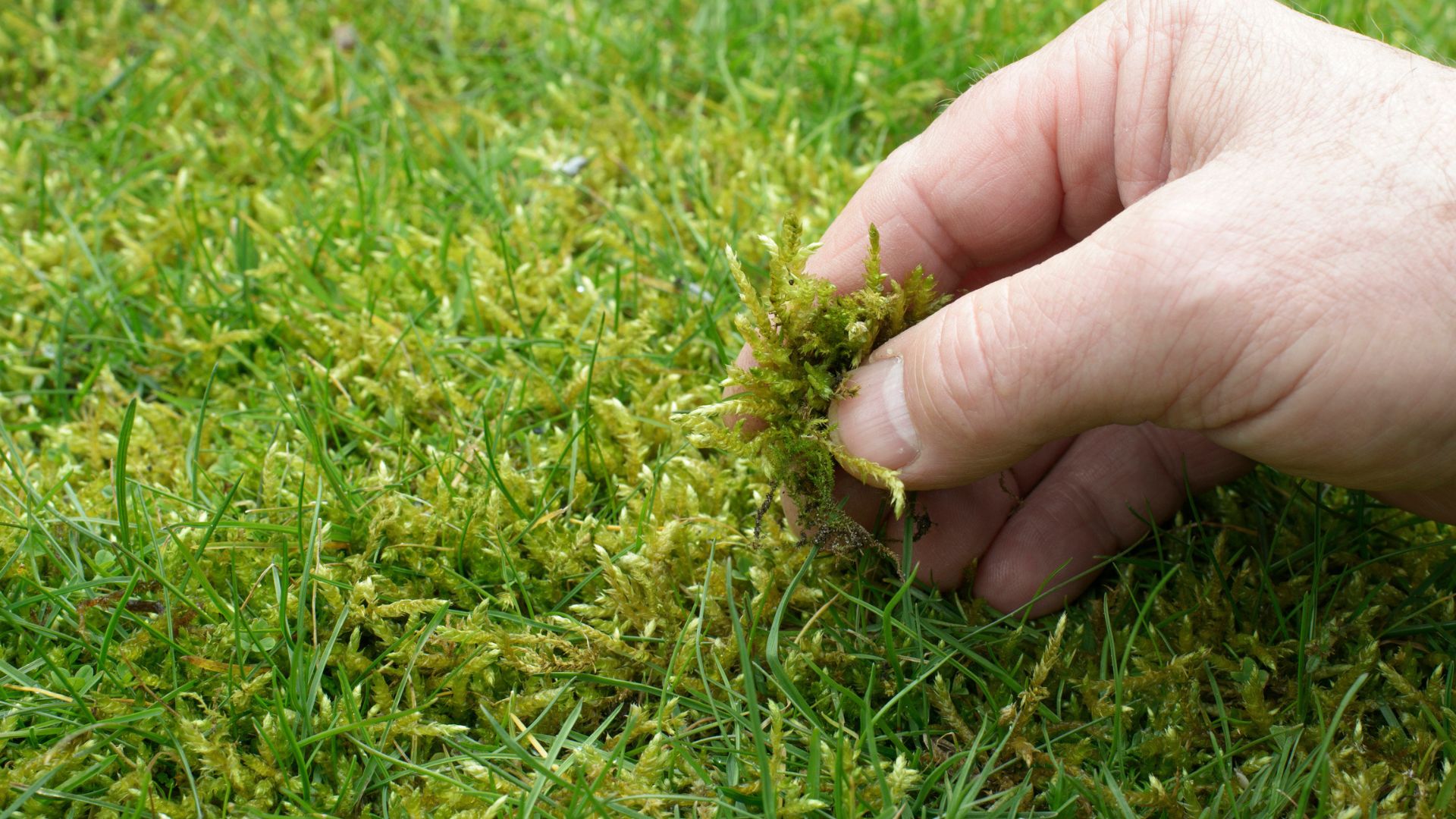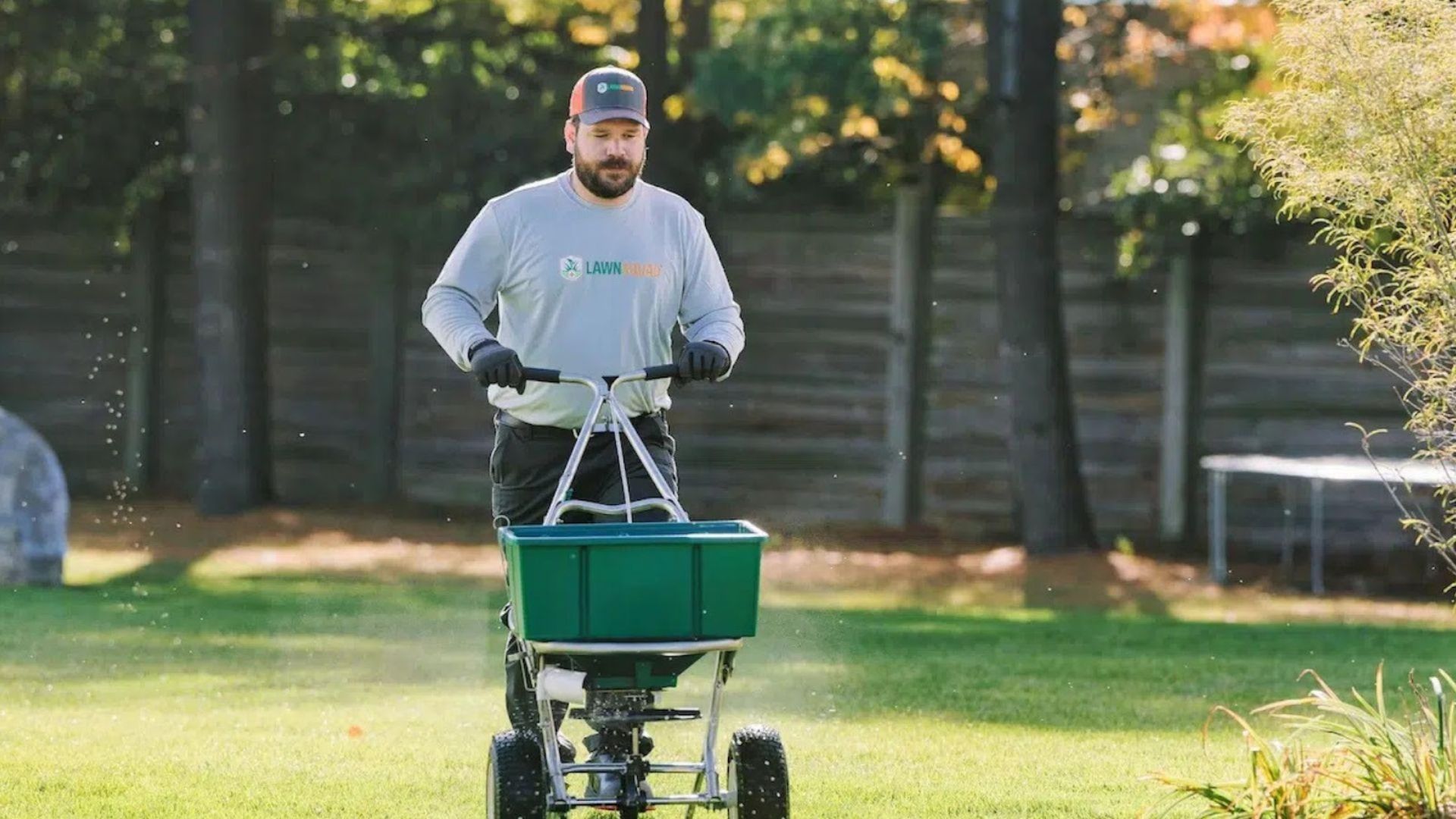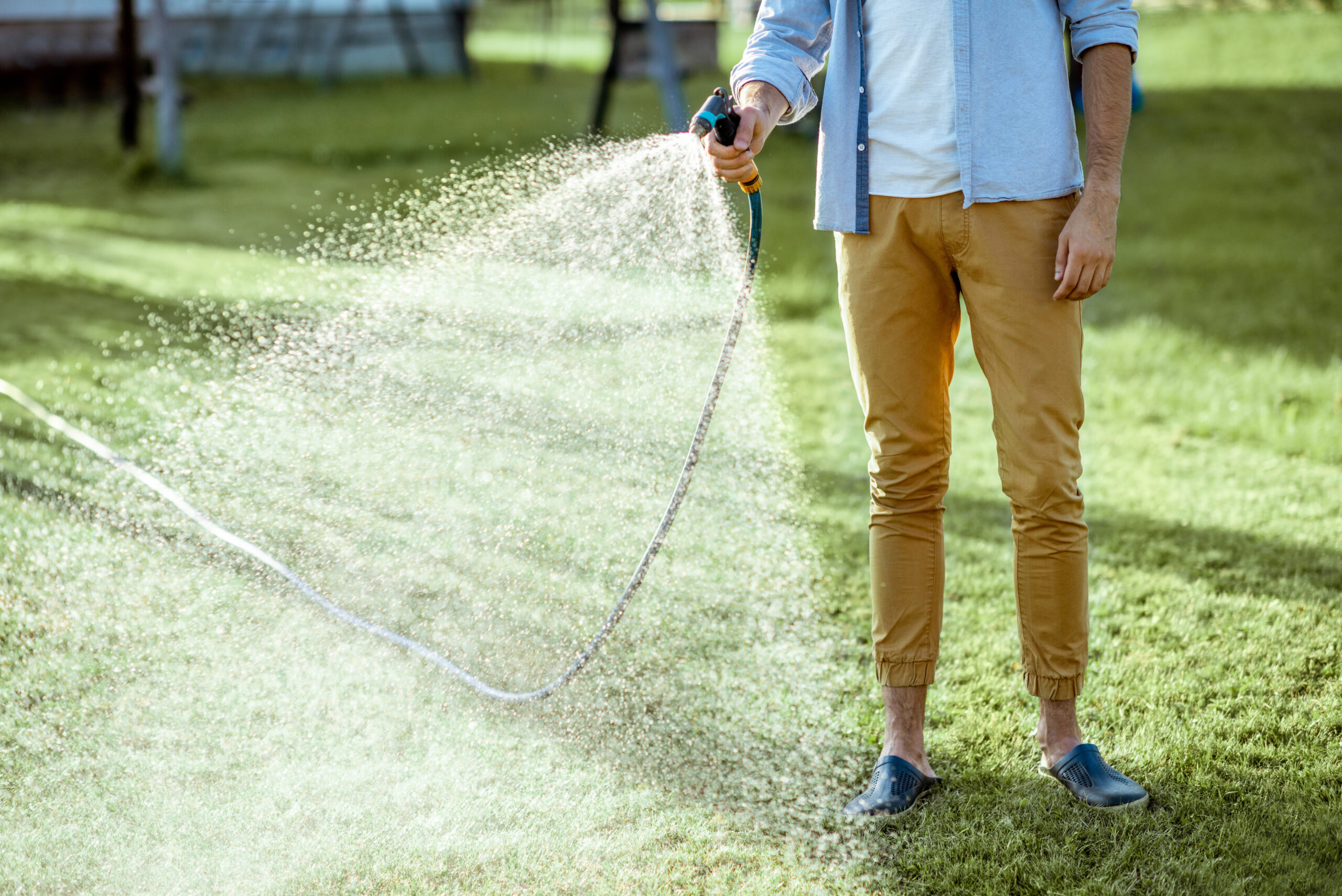John Garretson
John Garretson is an experienced entrepreneur based in Aurora, IL, with a passion for growing businesses and a commitment to customer satisfaction. With a Bachelor’s degree in Business Management and an MBA, John has cultivated extensive expertise in the lawn and landscape industry since 2009.
In his spare time, John indulges his love for flying as a volunteer pilot with the local EAA chapter, where he takes joy in flying young eagles. His passion for aviation stems from his previous role as a crew chief assigned to a KC-135 in the Air Force Air National Guard. Additionally, he channels his business expertise into coaching budding entrepreneurs. John is a dedicated family man, celebrating over 20 years of marriage with his wife, Rebecca. Together, they raise their two wonderful children, Grace and Trenton.
John is enthusiastic about the possibilities each day brings, both in his business endeavors and in contributing positively to the community. John and his team look forward to helping you Love Your Lawn™.


